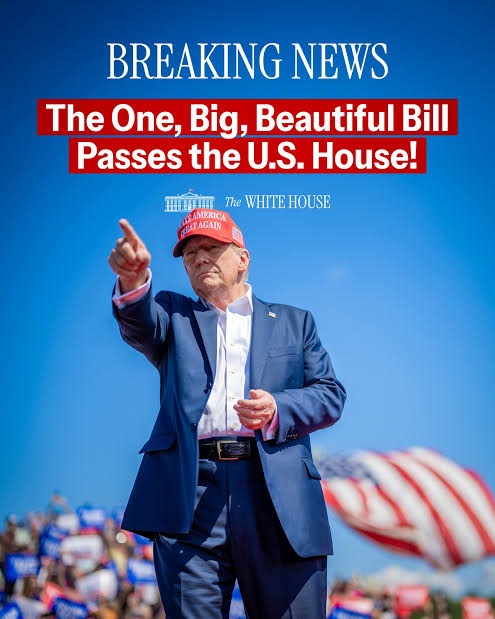NEW YORK (MetaNews) — Crowds flocked to the Statue of Liberty and Ellis Island for tours on Wednesday morning, seemingly unaffected by the current government shutdown that has left about two-thirds of National Park Service employees furloughed.
In stark contrast, Philadelphia, recognized as America’s birthplace, saw visitors at Independence Mall turned away from the Liberty Bell, only able to catch a glimpse of it from a distance due to reduced services amid a government shutdown.
A contingency plan from the National Park Service disclosed that ‘park roads, lookouts, trails, and open-air memorials will generally remain accessible’; however, parks lacking ‘accessible areas’ face potential closure due to staffing cutbacks and an incapacity to manage waste or maintain safety standards.
With a significant reduction in personnel, only essential services will be provided, raising various questions and concerns about camping permits and open facilities in national parks across the country. Tourists have actively sought clarity on social media regarding access to parks like Chaco Culture National Historical Park and Rocky Mountain National Park.
The closure of Vicksburg National Military Park in Mississippi and the absence of park rangers in Acadia National Park highlight the adverse effects of furloughs on tourism, as communities greatly depend on visitors at these sites.
Past shutdowns have resulted in damage to public lands due to lack of supervision, and concerns are rising that this could happen again with reduced staff members to manage the parks. During the previous shutdown, the National Park Service endured significant financial loss that negatively affected neighboring communities.
To mitigate the impact of the ongoing furloughs, state and local governments have shown interest in stepping in to keep national parks funded and operational, as was the case in previous shutdowns.
The current situation highlights the delicate balance between public services and economic stability, leading many to speculate on new strategies to protect vital national resources during a crisis.


















